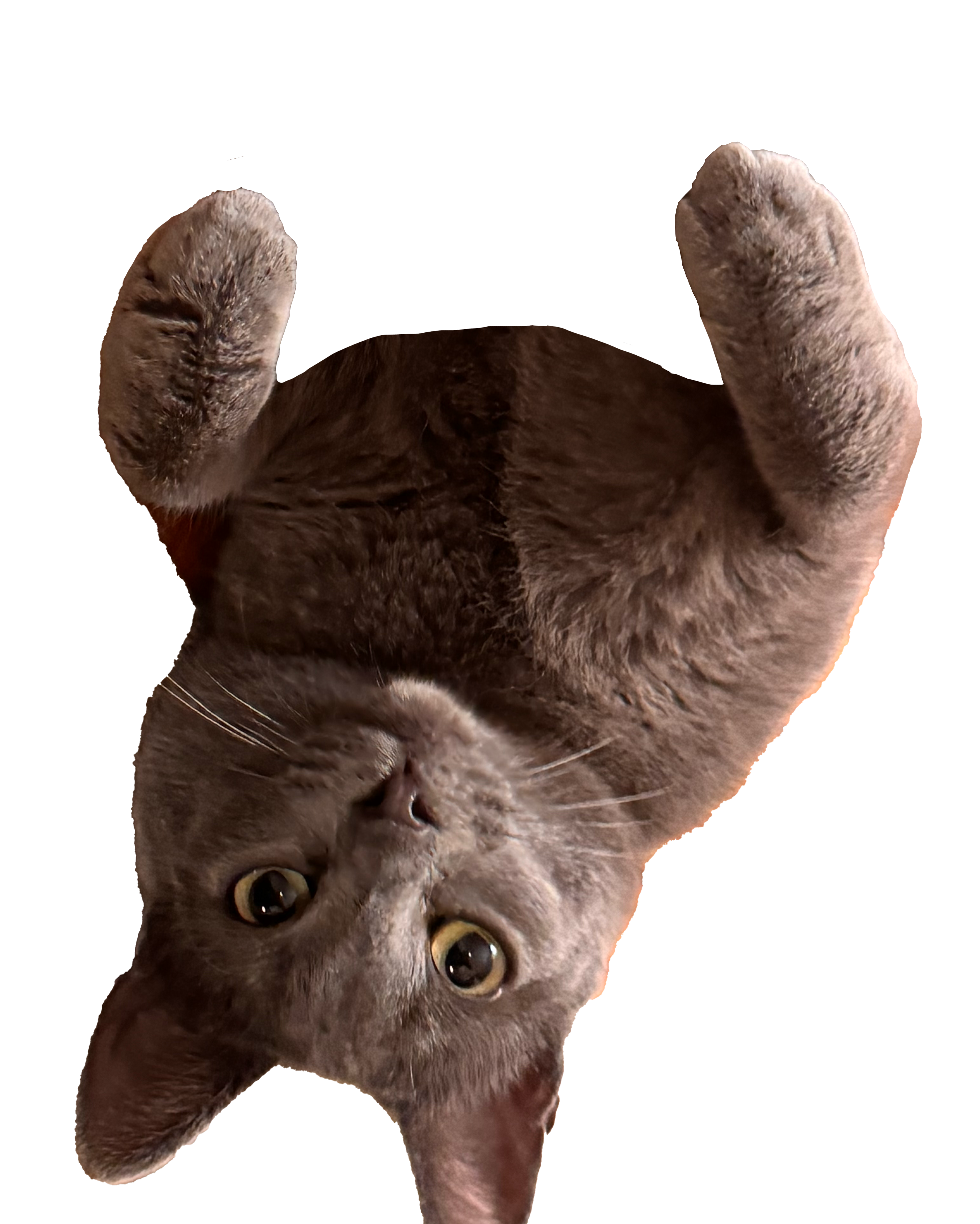Week 1: We first had to "curate" a collection of 10 pieces of art (broadest definition of art possible, including music, sculpture, literature, performance)
2: We had to choose 5 broad topics, formal or conceptual, and pull out characteristics from each piece of art that would fit into these categories. We then had to make typographic posters of each category.
We then had to choose 10 words out of all the words above, and use them as categories 1-10 or A-J. We had to then take B/W prints of our ten pieces of art, and make collages out of cutouts from these prints, and place them under these categories.
We were then made to adhere to a complex system :
that generated these posters: (the 1st poster just showed the posters from the cut-out exercise seen above.
For the next step we had to write about our collection and generate our own system:
My Collection at first glance seems to be a really diverse assortment of works of art, depicting various forms of media including painting, sculpture, branding, photography, music, and literature/ verse; and incorporating elements ranging from vivid colours to black and white, details to simplicity. Upon further investigation, some prominent patterns emerge in the selection like the use of bold contrast, an intrinsic influence of language and the working of artists' systems, also in so far as the piece of art having become a pioneer in its field, its impact large enough to leave an impression for decades to come.
I) BOLD SEQUENCE/ RHYTHM (6X6)
Pick an alphabet at random, say E, which has parts E I , E2, E3, E4 .. Eliminate the weakest one, say E4. Arrange EI, E2 and E3 and clone this composition 6 times in one direction, say vertically. Now clone that said group of 6 compositions 6 more times in the opposite direction, horizontally, to get a total of 36, creating a bold rhythmical pattern with a set sequence.
2) LAYERS
Pick 2 alphabets, say A and D. Overlap their corresponding images, so A I with DI and A2 with D2 and so on. Eliminate the weakest one, say D4 with A4. The rest are your compositions, each overlap individually or then mixed together:
The final presentation required us to make three posters, One describing our collection, one would have a paragraph about a designer that inspires us, and one describing our conditions/methodology for our final project.
My final project that came out of the system I created was the following "comic book"
For our final critique, we were also advised to design a book to catalogue our entire semester's worth of experimentations.
The design on the cover of the book, and the grid on the comic above are inspired from Gustave Klimt's "The Kiss" which was one piece from my collection.
